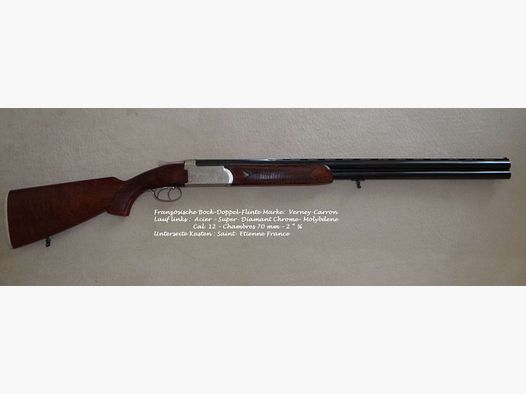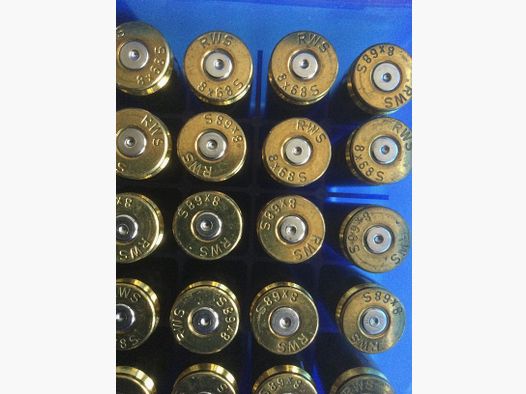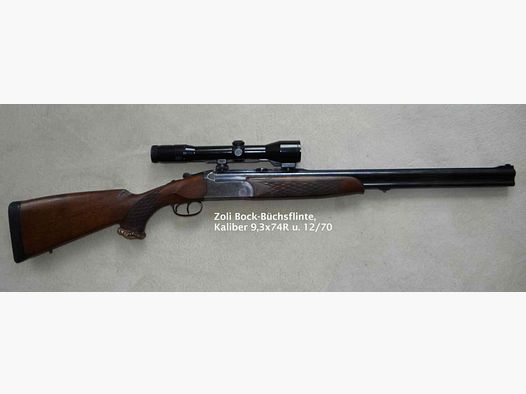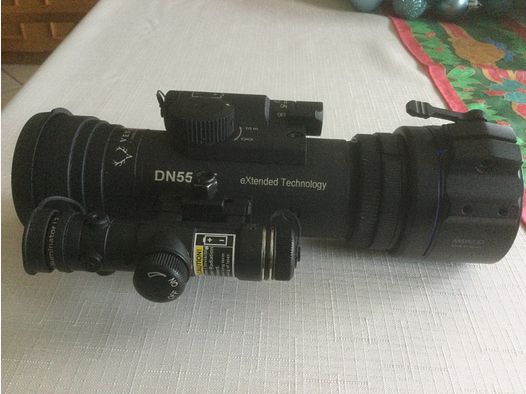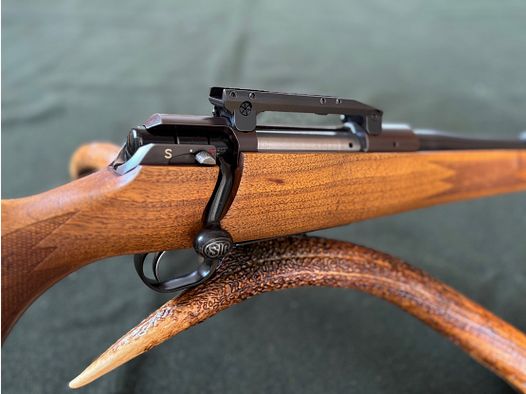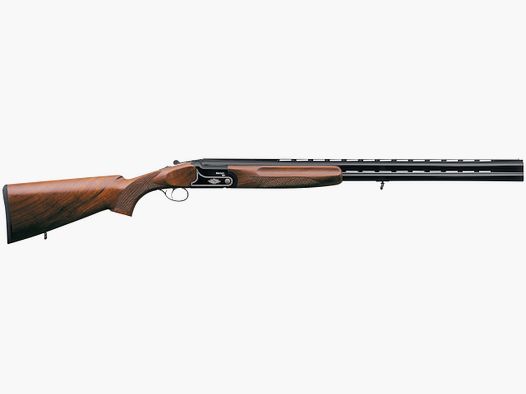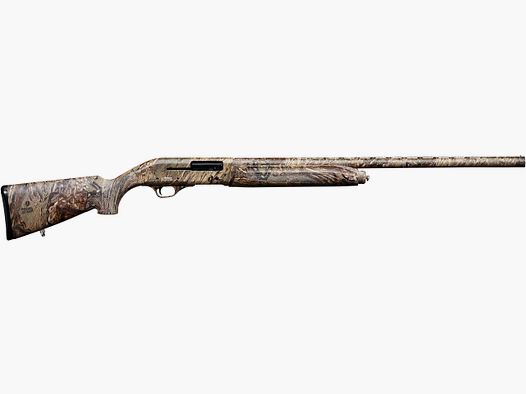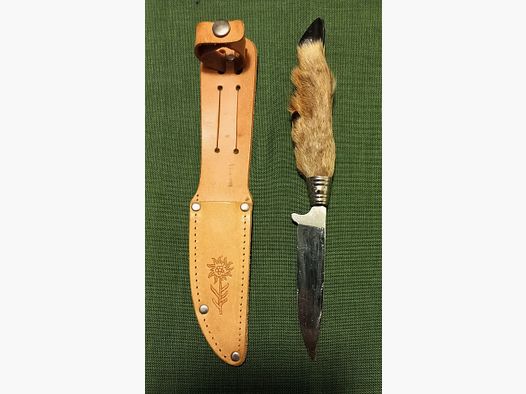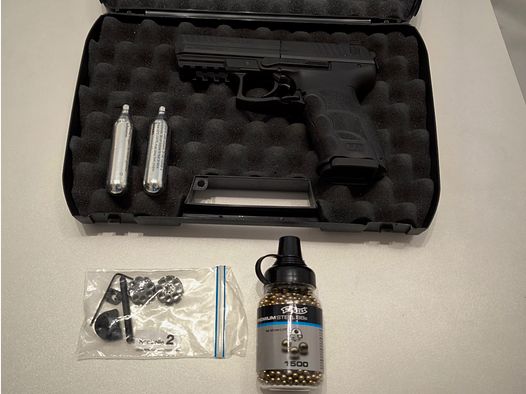Certain parts of firearms are classified as essential parts under the Weapons Act. The reason is to exclude the possibility that these parts are used to manufacture unregistered firearms.
The essential parts are:
- The barrel, or gas barrel
- The bolt, which is the part that closes the cartridge or chamber and the barrel before firing.
- The cartridge or chamber, unless it is already part of the barrel.
- For handguns, the grip or other weapon parts are also considered essential parts, as far as they are intended for the trigger mechanism.
- The combustion chamber. Combustion chambers exist in weapons where there is no cartridge or chamber, but the igniting or propelling charge is burned directly in the chamber.
- The housing, which is the component of the weapon that houses the barrel, trigger mechanism, and bolt. If the housing consists of two parts, both are essential parts.
- The cylinder in revolvers
What these parts have in common is that they are essential for the functioning of the weapon.
Essential parts of firearms are treated the same as the firearms themselves. This means, for example, that one cannot acquire any of these parts without a purchase permit. If one is authorized to purchase and comes into possession of an essential part, this must be recorded in the firearms ownership card.
For comparison: The magazine is not an essential part (except in the case of revolvers, as the cylinder also serves as the cartridge chamber).







